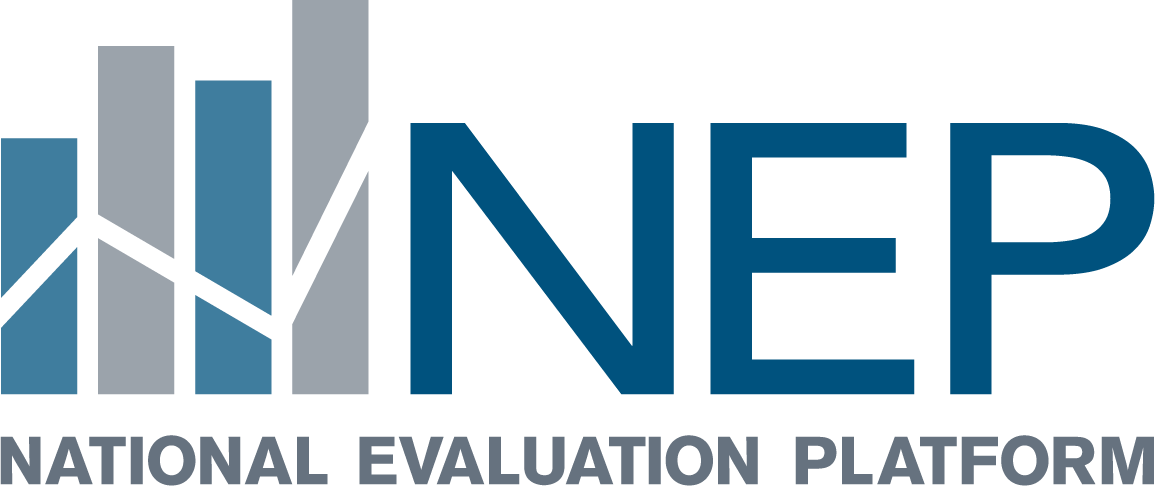NEP Curriculum
Building country capacity
Developed by the Institute for International Programs at Johns Hopkins University (IIP-JHU), the NEP capacity building strategy provides public-sector stakeholders with the knowledge, skills, and tools to answer complex program and policy questions and to hold themselves accountable. NEP builds sustainable capacity through each project country’s home institution(s) and technical task team. IIP-JHU provides technical support through customized capacity building-workshops and mentorship.
The NEP capacity building strategy is composed of eight technical areas that encompass core evaluation, analysis, and advocacy skills. Technical areas are composed of modules for each relevant skills. Modules include specific content (presentations, activities, handouts, learning guide) and recommendations on how to introduce and reinforce the skill through workshops or other training approaches. NEP provides general guidance on how to navigate through the modules given many skills build on one another. However, the modularized curriculum framework is intentionally designed to be responsive to each country’s needs and is aligned with NEP’s cycle-based approach. New technical task team members and countries wishing to launch their own NEPs benefit from this structure, which allows individuals to choose modules based on individual capacity and evaluation focus.
IIP-JHU has pioneered innovative capacity building methods, such as Stats Report – a free, web-based application that allows for quick and easy statistical analyses. Stats Report runs R code in a point-and-click format so that users can generate reproducible analysis results without needing to learn a statistical software package. Those interested in learning how to program in R can easily “look under the hood” and manipulate/customize existing R code in Stats Report libraries. Integrating Stats Report in NEP’s training strategy has made NEP workshops more efficient by eliminating practical issues of installing and troubleshooting statistical software. Thus, more time can be spent interpreting analytical results and identifying key messages for policymakers.

